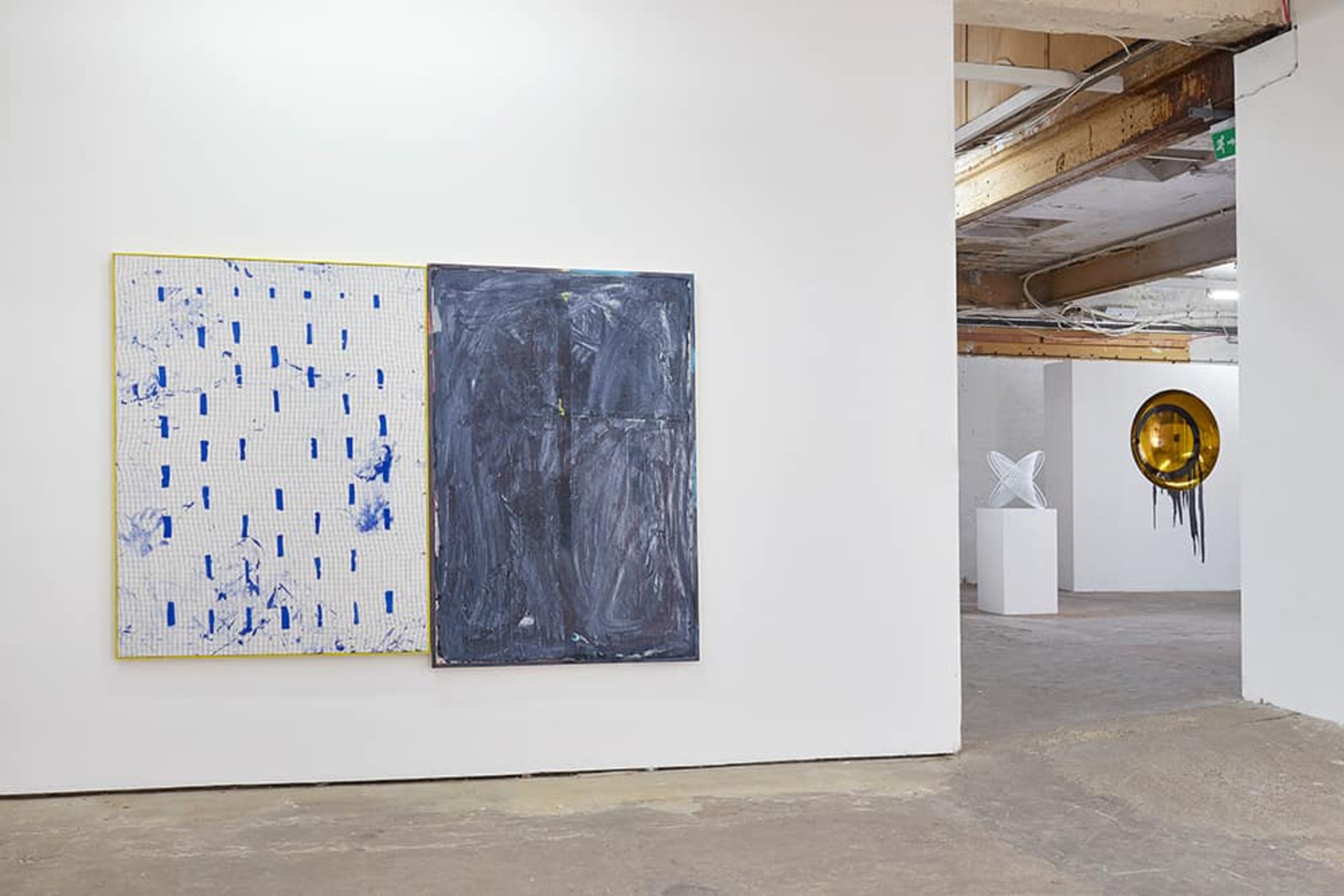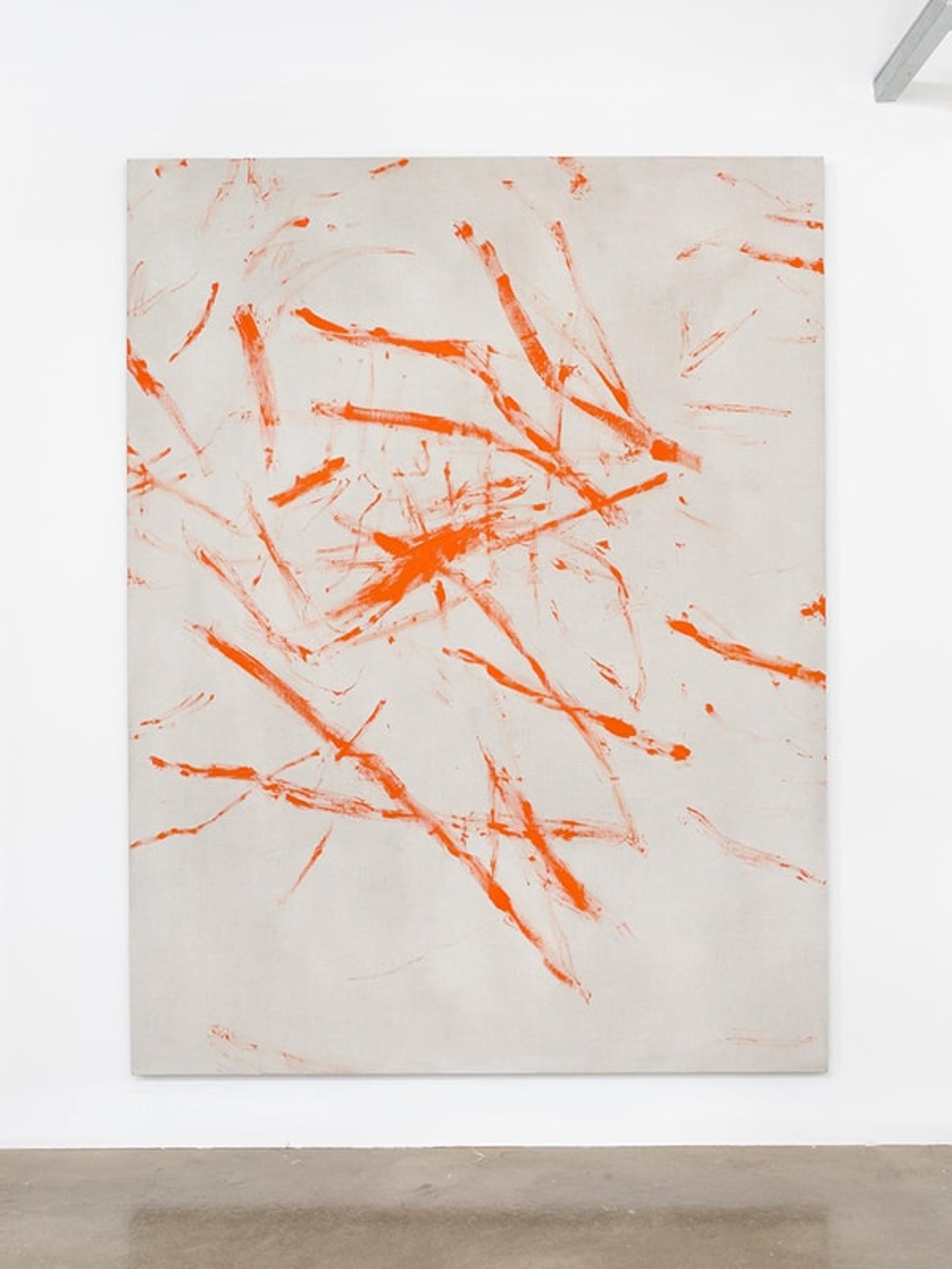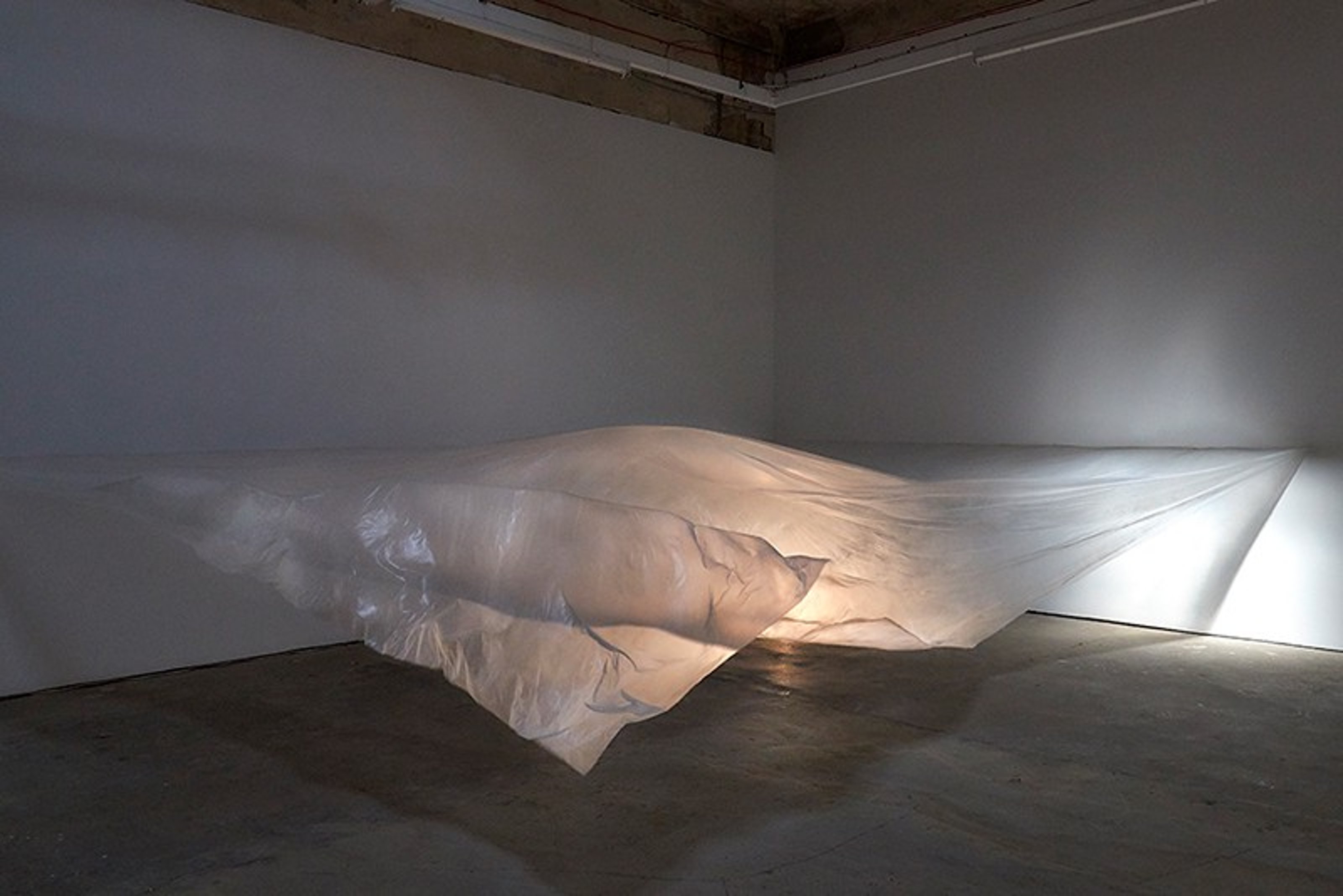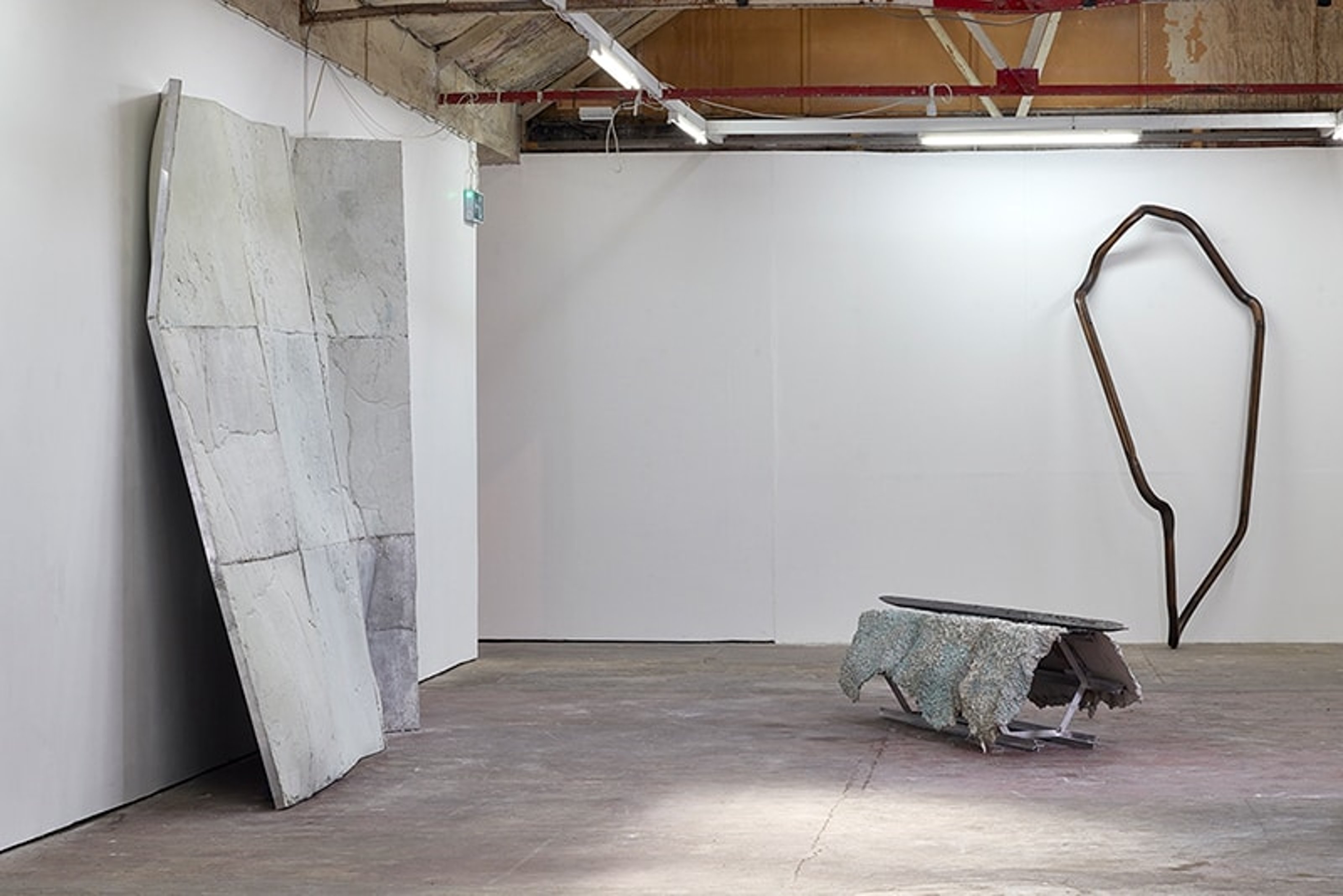
Today it’s not unusual that all sorts of formerly-known models have started to become obsolete, or are headed towards a steadfast direction of change. Technology—and our continuously growing online existence—has given rise to countless new beginnings (positive as much as negative) which warrant a type of openness that challenges uniformity. And to this, the art world is no exception.
While observing how London’s demanding art scene had become unsustainable for many emerging and mid-level galleries, the young entrepreneur Alexander Caspari and his business partner Jordan Harris wanted to pursue an alternative art business model which enabled them to work creatively within the system. In 2013, the duo established Encounter Contemporary, a curatorial platform and contemporary art consultancy that challenges the traditional form of interacting with art. With a curatorial program of institutionally-recognized as well as emerging artists, EC organizes pop-up exhibitions that take place both offline and online, in London as well as abroad. From these alternating project venues, works are being sold to a wide array of new and established collectors, enabling not just those in-the-know to participate within the game of collecting, but everyone who’s eager enough to engage and explore.
When hearing Caspari talk about the context of art, questions of purpose and ethics arise. How should art be encountered in the decades to come? What is necessary in order to sustain a diverse environment, where opposites can effectively coexist side-by-side? In a conversation with Collecteurs’ co-founder Evrim Oralkan, Caspari discusses not only how to actively challenge the deeply-established structures of the art world, but also how to positively embrace its system.
Evrim Oralkan: What was the rationale behind starting your venture? In our initial conversation you mentioned it being born out of pragmatism. Was there also an urge to create something better for the future?
Alexander Caspari: Encounter Contemporary was founded in 2013 while I was studying History of Art with my co-founder Jordan Harris. The ambition was not to start another emerging gallery but to create a new form of contemporary art business which explored different possibilities for ‘encounters’ between art and its audiences.
We started with a £500 enterprise grant, no financial backing and no clients in an industry which has notoriously high barriers to entry. The only way to function was to remain lean, innovative and adapt to whatever opportunities arose.
We wanted to resist some of the unsustainable structures of the emerging gallery model while still working actively and ambitiously with artists and collectors. We run a curatorial program of ‘moving’ exhibitions, collaborating with leading emerging and established international artists. We sell contemporary art from these temporary project venues, online and direct from artist studios. We provide curatorial consultancy to corporate clients and also advise on the building and maintenance of public and private art collections. Fundamentally, we offer many of the usual services of the contemporary art industry while trying adapt the predetermined models and categories – gallery, dealer, consultant – which such services have traditionally been tied to.
This approach was certainly born out of pragmatism and at the beginning it was more about finding a way to begin working and survive than an urge to create something better and for the future. I wanted to curate exhibitions and work closely with artists and collectors—all ambitions that most entry-level jobs in the art world would not allow.

In retrospect I think due to the pragmatic choices we were forced to make early on we have now created a positive alternate way of working. 5 years on and several incarnations later I think our identity is becoming clearer and those initial choices not to have fixed gallery space or roster of artists have been validated if anything by our continued growth. Even in the last few years, the art world has changed enormously. I think our model is gaining increasing recognition and validation as I believe it really can benefit both artists and collectors. I think it will play a prominent role in the future of the art industry – but clearly I am biased!
Whilst I hope close relationships between galleries and collectors are still possible, in many cases they have become far harder to achieve due to the huge increase in competition between galleries for collectors and artists.
EO: I am sure you give the current gallery business model more thought than most of us. What are your thoughts about the future of it? Are we at a crossroads?
AC: I think galleries still play an extremely important role in the support and building of artists’ careers and I believe that the traditional gallery space remains one of the best and most exciting places to experience art. It is important to note that there is not one current gallery business model but a plethora of different approaches tailored towards different sectors of the market. Clearly an emerging gallery handles its business in a very different manner to a major blue chip gallery.
As rents continuously rise, art fairs multiply and gallery visitor numbers drop I think the pressure on emerging and mid-level galleries is clearly unsustainable. High overheads result in the damaging artificial inflation of prices and overproduction of work. These vast costs can also detract from exciting and challenging curatorial programs and force some galleries towards more commercial displays. Artists are also becoming more independent of galleries and now require a more flexible form of representation. In the past artists, galleries and collectors would form close relationships and grow together supporting and benefiting each other. Whilst I hope these relationships are still possible, in many cases they have become far harder to achieve due to the huge increase in competition between galleries for collectors and artists.

The only way forward is to adapt, collaborate and work towards a system that better suits all parties. Unfortunately, I still don’t have a clear answer but our approach at Encounter is an attempt to work through the problem.
EO: There is a need to integrate online platforms into this mix. For instance, take our Capsule Editions, which is a partnership with artists and galleries. We work closely with artists to create a small edition of unique works as well as an in-depth feature on our Magazine to document their practice and create exposure for them and their galleries. The unique works allow us to fund our magazine and create unbiased content that people actually enjoy reading. Creative new models and partnerships are necessary during this difficult phase. What are some of the partnerships you have established or plan to establish?

AC: Your Capsule Editions sound like a great and really beneficial project. I am keen to form similar partnerships in the online space and look forward to seeing where the conversation with Collecteurs might take us! Investment in online identity is becoming almost as crucial for galleries as print press and art fairs.
I am currently working on a really exciting partnership: we have recently been appointed by a global real estate company, to curate a rotating contemporary art program for their newly launched Smithson Plaza in St James’s, London. The first installation of the public art program will be an exhibition of 5 sculptures by Olaf Breuning in partnership with Cass Sculpture Foundation and Metro Pictures. I think this is a great example of a leading artist, major developer, charitable foundation, blue chip gallery and young curator collaborating to form an exciting and mutually beneficial relationship. I have previously worked with art-engaged developers to enhance their properties through dynamic contemporary art installations. I think that collaborative, mutually beneficial relationships such as this will become an increasingly important force driving change in the art world.
EO: How is it that you can reject two of the main functions of a gallery, namely the representation model and the brick and mortar model, yet ENC, in theory, still resembles closest to a gallery? It seems to me that the evolution is still in progress and there is a need for a new category. What do you think?
AC: There is certainly a need for a new category and it’s really exciting that we seem to be at a moment where new models are beginning to gain more momentum and shape their identities. Encounter Contemporary started 5 years ago but every year I see more people in the industry taking up similar approaches.
We form very close creative relationships with the artists we work with but also believe that maintaining independence is important for the success of both parties. We still curate exhibitions in physical spaces but as these sites are continuously changing it keeps audiences more engaged than if they were returning to the same space regularly.

While many young galleries are being pushed further out of the city center, we have been able to exhibit in very prominent central locations – usually dominated by major blue chips – for short periods of time. We are not tied to a relentless exhibition or fair program so we can pick our moments and realize ambitious creative projects when it makes sense for us. It’s also exciting for me curatorially as for each project I am able to work intensively on an installation in a new space often with a different artist or group of artists.
It is also important to mention the growth of the online space which I believe is really changing the art world for the better in terms of accessibility of information and transparency! Online platforms are now competing directly with physical spaces for attention. At Encounter, we have been making more online sales than ever before. Since we do not have a fixed gallery space it has become increasingly important for us to have a consistent and accessible online presence, whether through our website or social media.